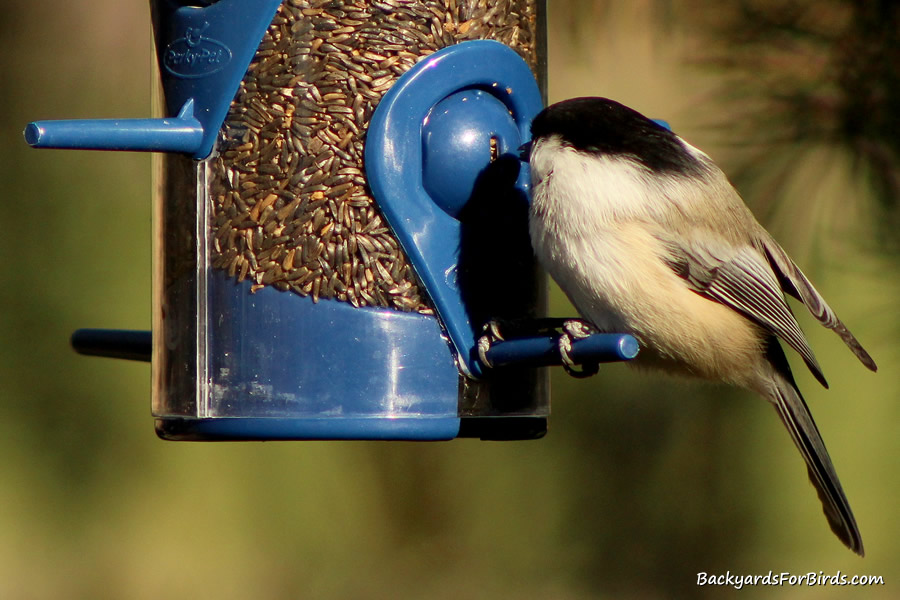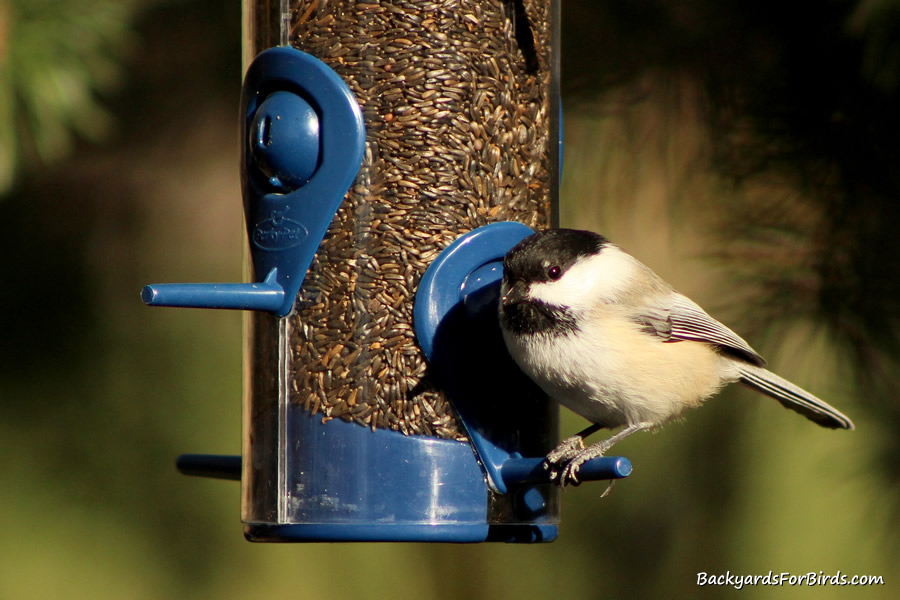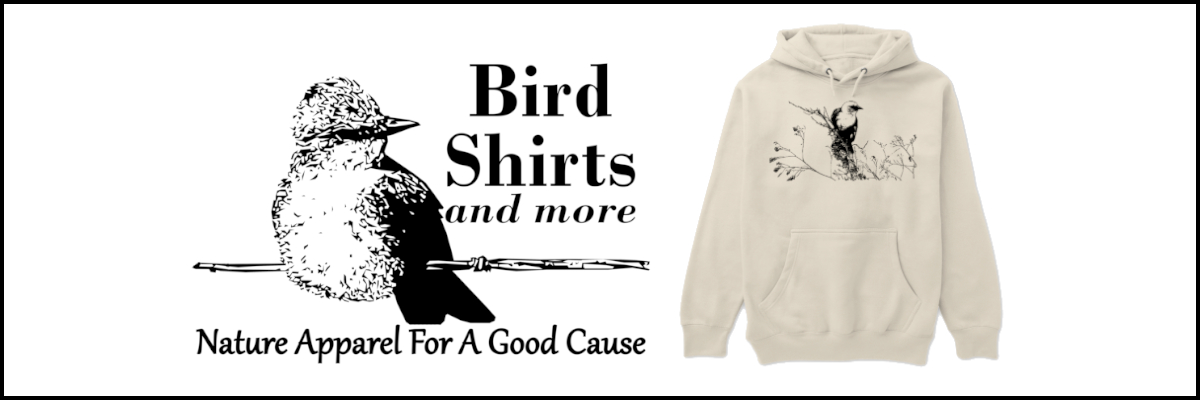Yesterday, while watching one of our tube feeders filled with nyjer seed, I noticed a substantial amount of chickadees were coming to our humble offering.
These quirky little songbirds were so numerous, in fact, they often pushed out the much smaller lesser goldfinches, forcing them to dine on some nearby black-eyed susan seed heads.
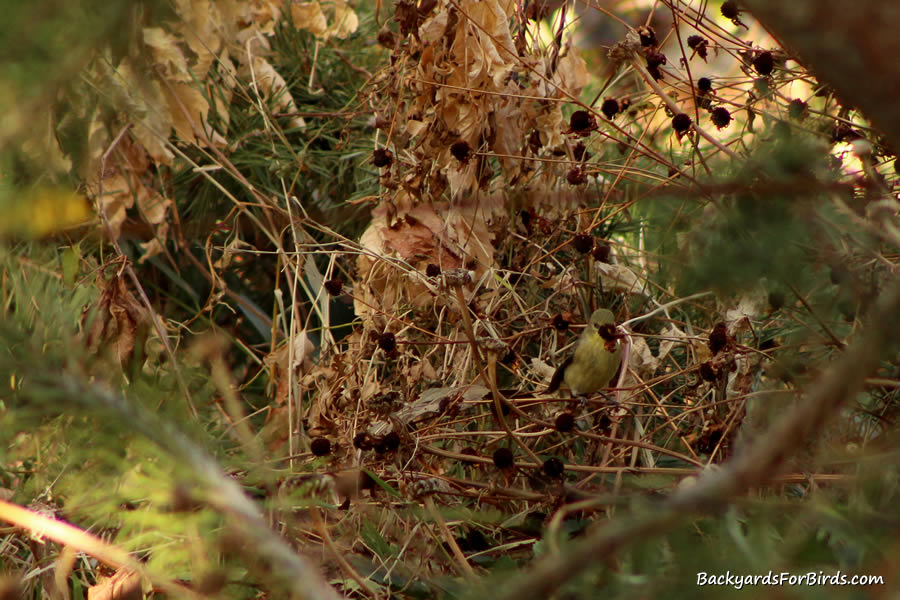
Literally, every 30 seconds or so for several hours, countless numbers of black-capped chickadees were coming and going to or from the feeder in a non-stop feeding frenzy. I have never before seen so many chickadees in one location, and I have never before seen them so intent on feeding on thistle seed.
In all honesty, we actually put out the thistle seed just for the goldfinches, but we do indeed welcome any and all other birds that come to the feeder. We just never expected such a response from the chickadee as this was the first time I have ever seen such activity with nyjer seed from this species of bird before.
What do chickadees eat?
Chickadees eat both plant matter and bugs. During winter, about half of their diet is seeds, berries, and other plant matter, and the other half consists of insects, spiders, and even suet. During the rest of the year, including the months of spring, summer, and fall, between 80-90% of the chickadee’s diet is animal matter, including spiders, a variety of insects, and other animal food.
This high insect diet during the warmer months oftentimes causes them to not come to a seed feeder as much as you might see during the winter months. One way to help attract more chickadees during this period is to put out a feeder with mealworms in a nearby tree or maybe even a suet cake.
Do Chickadees Eat Thistle Seed?
Black-capped chickadees will eat thistle seed when other alternatives aren’t available, but other food, including black oil sunflowers, peanuts, suet, peanut butter, mealworms, and from what I have personally seen, even cracked corn, are much more preferred by the chickadee.
This is why, in fact, there was so much commotion at our feeder yesterday. We just barely started feeding birds again at this location after a couple of years of hiatus, so the only feeder we currently have to attract birds is a tube feeder filled with nyjer seed.
In time, we are planning on adding other feeders with other seeds to help feed the many other birds that are present at this location, including the large number of black-capped chickadees that frequent the area.
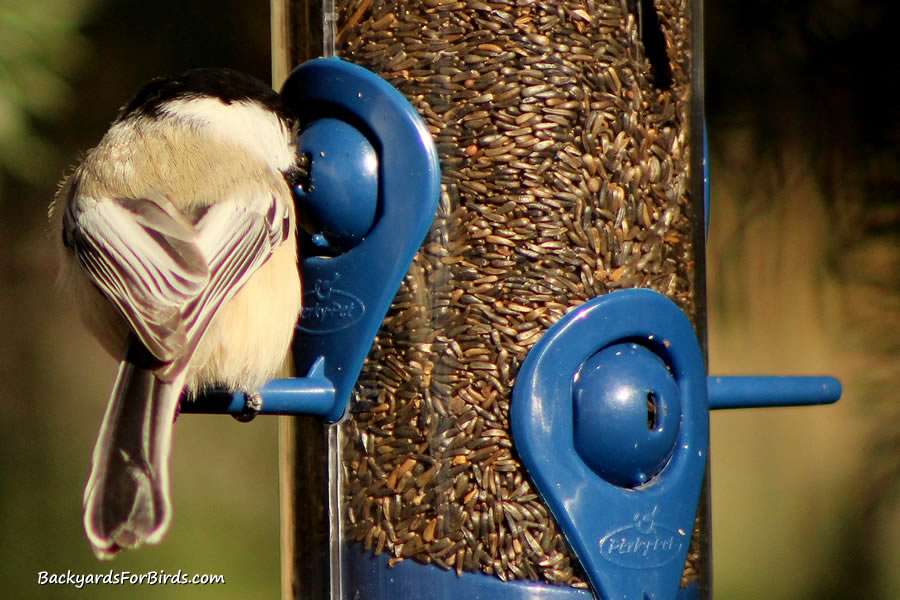
Can chickadees come to a finch feeder?
Just about any type of feeder is suitable for chickadees, including a finch feeder. We use tube feeders, mesh feeders, and hopper feeders, and the chickadee is well adapted to utilize them all. Their ability to hang gives them an edge over other birds when it comes to feeder selection.
In preference, however, we prefer to put out a standard hopper style feeder for the chickadees. But in all fairness, they do well with just about any type of feeder available.
Do birds eat the whole thistle seed?
Birds, including chickadees, don’t eat the whole thistle seed but only eat the meat portion from inside the hardened shell. Chickadees, as an example, will often hold the thistle seed by their feet, using their beak to shell the seed and expose the fruit of the seed.
Take a look at this image I photographed yesterday, it shows a black-capped chickadee holding a single grain of nyjer seed by its’ feet while attempting to shell it.
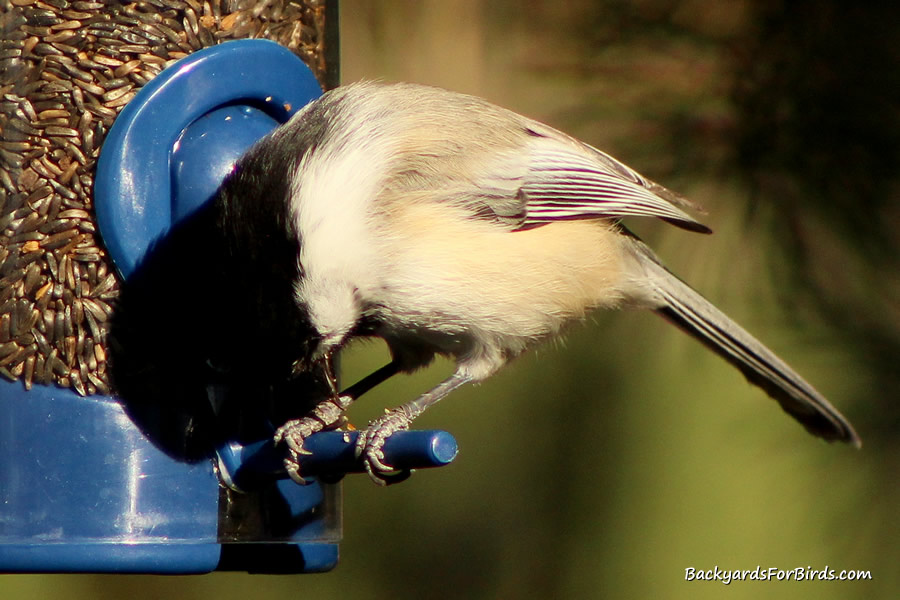
Goldfinches and house finches, on the other hand, shell the seed by using their beaks to crack the outer shell, dropping it on the ground while still holding on to and eating the inner meat of the seed.
If you look under a thistle seed feeder, it might appear as if much is being wasted, but most of what you see is, in fact, empty shells.
What is nyjer seed?
Nyjer seed, also commonly known as thistle seed, is not related to the actual thistle plant but comes from the African yellow daisy (Guizotia abyssinica). Native to Ethiopia, Eritrea, and Malawi and also grown in India, nyjer seed is a small, thin black seed that is high in oil and a nutritious source of energy for backyard birds.
Comparatively, the nyjer seed looks much like a grain of rice but a bit smaller and has a hardened outside shell birds have to open to get to the actual meat part of the seed.
An interesting fact about nyjer seed is the USDA requires all thistle seed brought into the United States to heat-sterilized at 248 degrees F for 15 minutes, in an effort to try and kill other contaminant seeds that may be present.
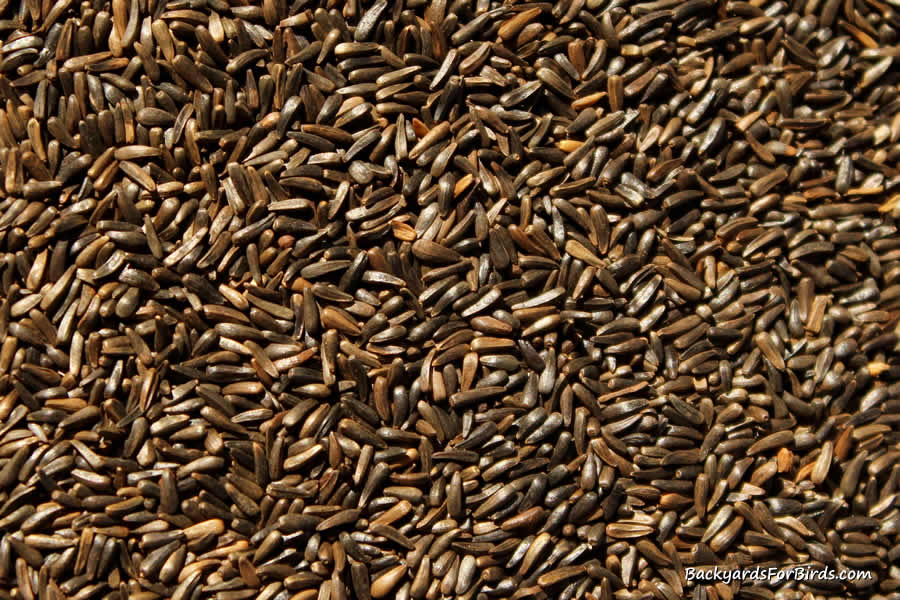
A word about nyjer seed
One word of caution I would like to give about nyjer seed is that this particular seed seems to be very prone to getting moldy when even a little bit of moisture is present. This leads to dirty feeders and will often be a leading cause of birds no longer coming to your feeder.
When feeding nyjer seed, make sure the feeder is dry and clean. If you only have a small number of birds using it, which isn’t uncommon during the summer months, consider not filling the feeder all the way to the top, leaving it only partially full.
This means, however, you will have to fill the feeder more often, but it will have less of a chance of molding between fill-ups.
Also, check the feeder itself each time you fill it with seeds. Look for mold or seeds sticking to the sides of the feeder and clean the feeder if it looks like mold is setting in.
Routine cleaning is a good habit to get into each time you fill your feeder. If you are like us, we fill nyjer feeders several times per week so only during the wet times of the year do we see mold issues because the food goes so fast.
Conclusion
Chickadees are a fun and interesting bird to have at your feeders. They are very animated and entertaining, offering hours of enjoyment for us backyard bird watchers.
We have found chickadees will indeed partake of nyjer seed, especially when that is all that is available. It’s not their preferred seed by any means, but they will consume it when other options aren’t readily available.
Putting out black oil sunflower seeds, peanuts, or suet is much more desired by the chickadee and will help keep chickadees from competing with goldfinches at your nyjer seed feeders.
Whatever food you put out for the chickadees in your area, enjoy them as much as we do. Nothing beats a few hours or so of watching birds come to the backyard feeder.
Sign up for future blog post notifications
Don’t forget to subscribe to our blog for notifications for future blog posts about birds, butterflies, and all the other fascinating creatures we can attract to our very own yards. Nature is fascinating and even more so when we can observe, learn, and enjoy it anytime we want in our own backyards.
